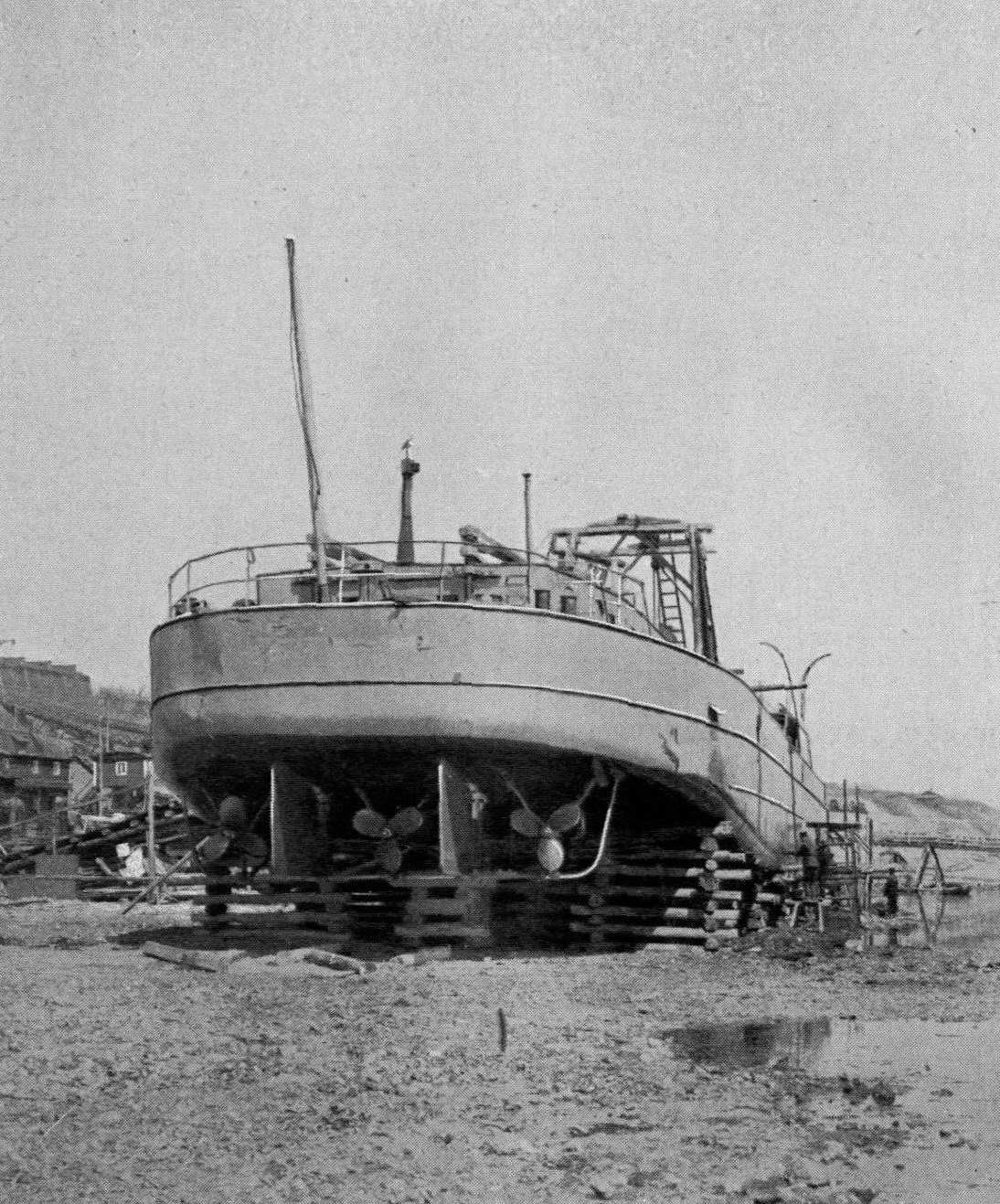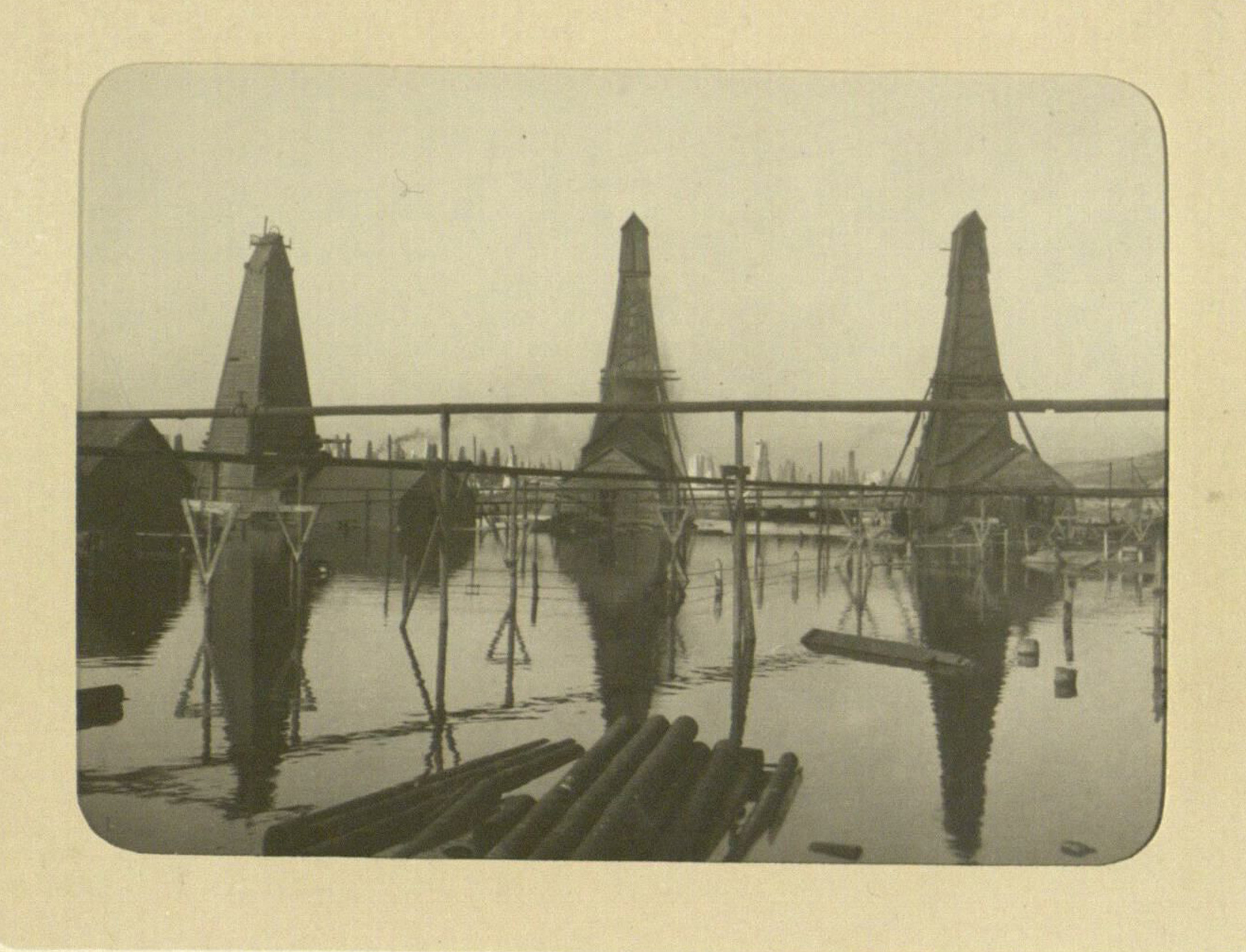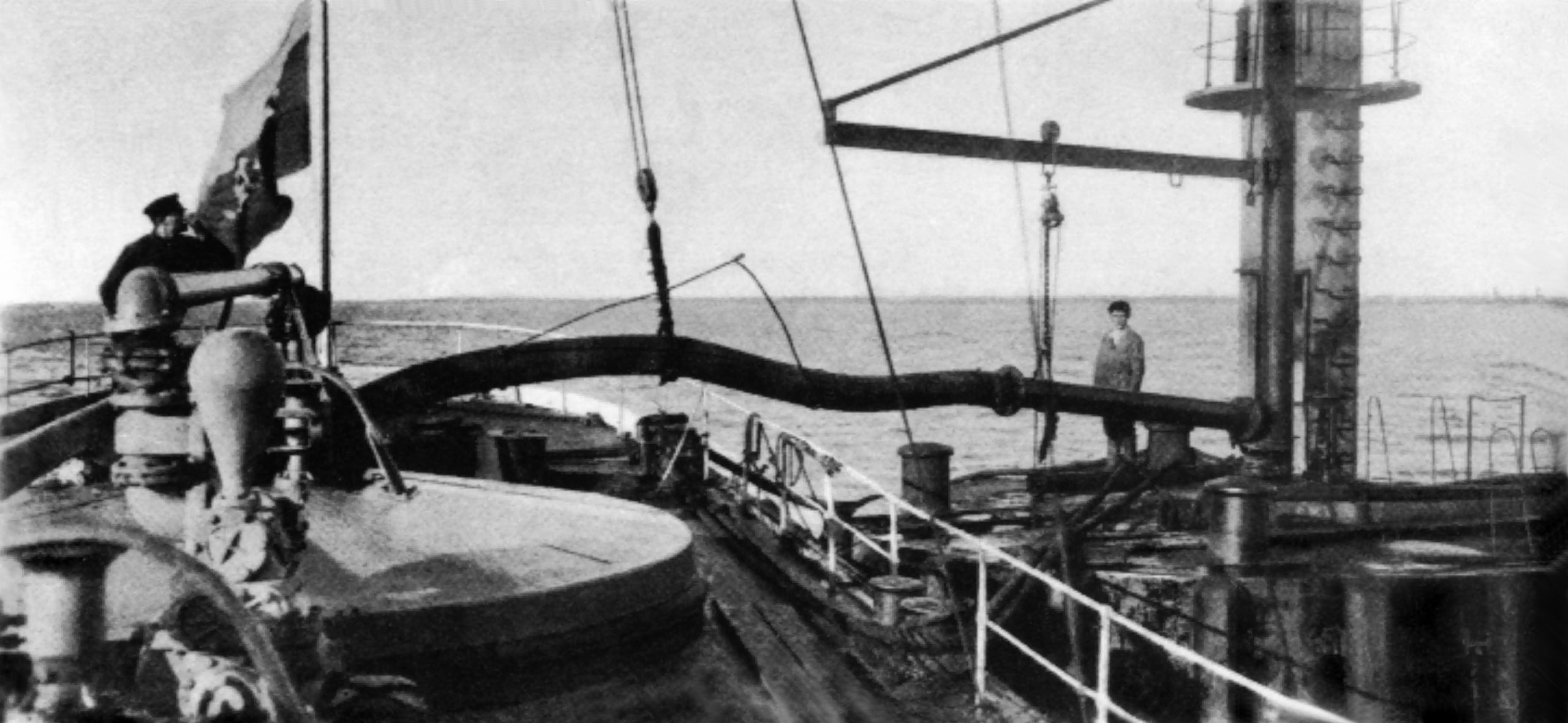Branobel had well-developed systems thinking from the beginning. Production and distribution were managed as a whole. This made it possible to identify and resolve bottlenecks with the help of new technology. The first tanker and the railway transport with its own tank wagons across the whole Russian Empire are important examples.
Developing the Diesel engine
Visiting German engineering exhibitions, a Swedish employee of the Nobel Company in Russia, Anton Carlsund, saw an early version of the engine that Rudolf Diesel had invented. Via Carlsund, Nobel owned companies in Russia and Sweden took an active part in refining the diesel engine into a practically functioning power source.







